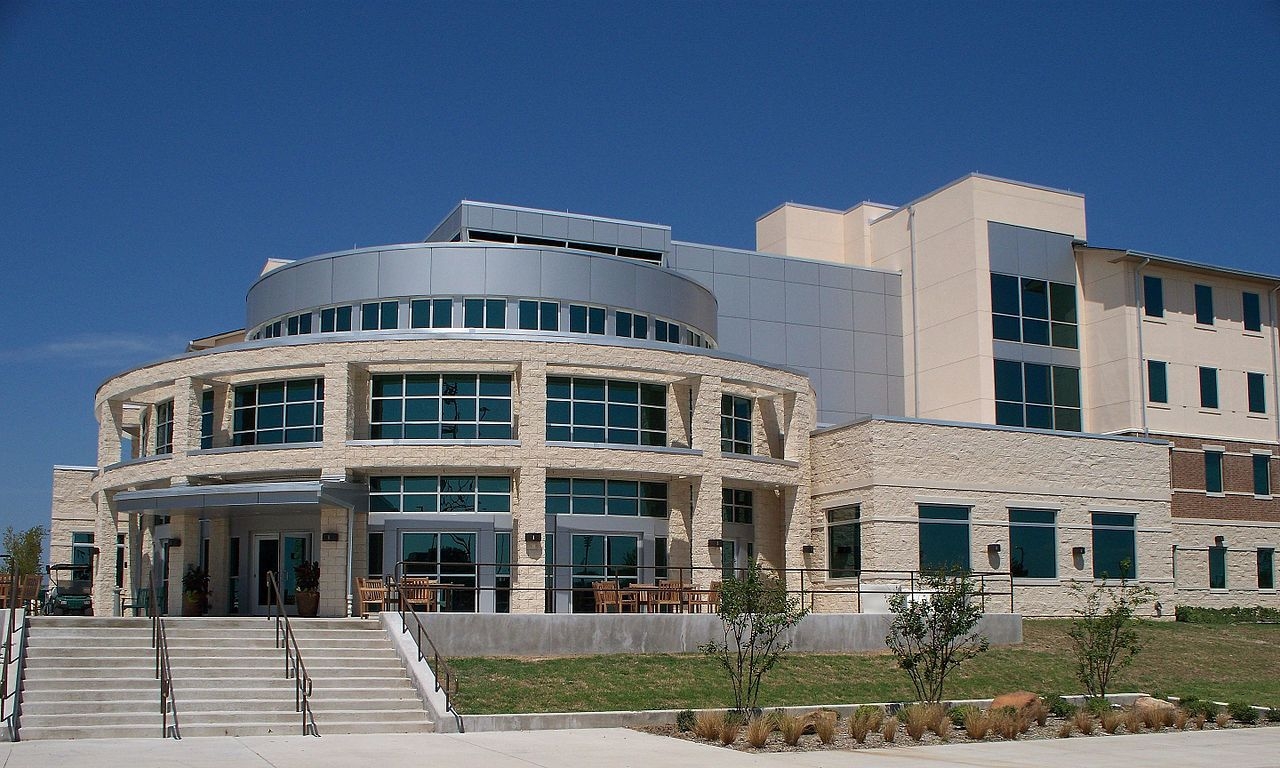Dallas nonprofit ScholarShot spends its time making sure students who typically drop out of college find their way across the stage at graduation. It exists because nine out of 10 first generation, low-income students who enroll in Texas don’t end up with a degree, a number that ScholarShot’s academic managers want to flip on its head. But after receiving a grant last year, the organization turned its attention toward tackling the systemic issues that make its services so worthwhile.
It emerged this month with a report card grading Texas’ public universities on how well they support students who are at risk of dropping out. It’s aimed at both strapping high school counselors with better intel to guide decisions—the highest marks on the list aren’t necessarily the state’s typical top schools—and holding college decision-makers’ feet to the fire. Every year, Texas universities take over $1 billion in need-based state and federal grants and loans.
“We need to wake up and start holding the universities who consume our grants and loans accountable,” says Dan Hooper, ScholarShot’s executive director.
In other words, it’s easy to accept federal grant money and call yourself friendly to students of all backgrounds. It’s much harder to turn some of that money into services that make sure it doesn’t go to waste—or even worse, because when you take on loan money to pursue a degree you don’t get, the future may end up even cloudier.
ScholarShot asked schools if it was mandatory that students receive financial literacy training if they take out federal loans—the vast majority of universities said no. They asked about adviser-to-student and mental health counselor-to-student ratios—many schools left them wanting. They asked about things like early alert systems, mandatory grading time limits for professors (so that there’s time for corrective action), and about resources for students on probation.
The good news is that, generally speaking, Dallas-Fort Worth does better by these measures than anywhere else in the state. Of the top four schools, three of them are here—University of North Texas at Dallas, University of Texas at Arlington, and University of North Texas. They earned grades of 90.2 percent, 90 percent, and 85.7 percent, respectively. Not far behind, ranked sixth in the state, is the University of Texas at Dallas at 84.4 percent.
The bad news is that ScholarShot graded on a 10 percent curve, to inject some level of positivity into the process. “Generally,” says Rebecca Morgan, the organization’s director of data intelligence, “all the universities have a ways to go.” It only published the As and Bs, but Hooper says the worst of the worst dipped into the 40, 50, and 60 percent range. Find the full report card here.
With around 70 percent of their enrollment made up of first generation, low-income students, UNT Dallas has instituted a variety of programs set on supporting students in ways big state schools don’t. Bob Mong, president of the university, says the school has tried to create a welcoming environment for students who’d like to seek professional advisers (or student advisors, for that matter, because “sometimes people just want to talk to a peer”) and providing ample mental health services. The school will soon stand up a program called Trailblazer Elite, a cohort of about 50 first-year students, some of them coming through the Dallas County Promise, who will receive an even greater level of support services. UNT Dallas, which is planning to build its second residential hall but takes much of its 3,800-person enrollment from the area, will monitor the results to see what it can learn.
“We’re also very sensitive to the things that trip up students,” says Mong. “And I’m talking about students in good standing—transportation, housing, childcare. All these things, or a combination of those, trip up our students.”
Hooper is hopeful that studies like his own will begin to spur universities to institute better services and high school counselors to wise up about the ones that do. But there is a third rung here in public policy. In setting policy that guides over $350 million a year in education funds via the Texas Grant, he says, state lawmakers should consider how those students fare at specific universities.
“We’re calling on the universities that take that money to invest back in the success of those students that bring the money to them,” he says. “As oppose to, ‘Well, we have an advisement office, it’s up to the students to come in and take advantage of it.’ Engaging really means reaching out to these students and meeting them where they are.”





